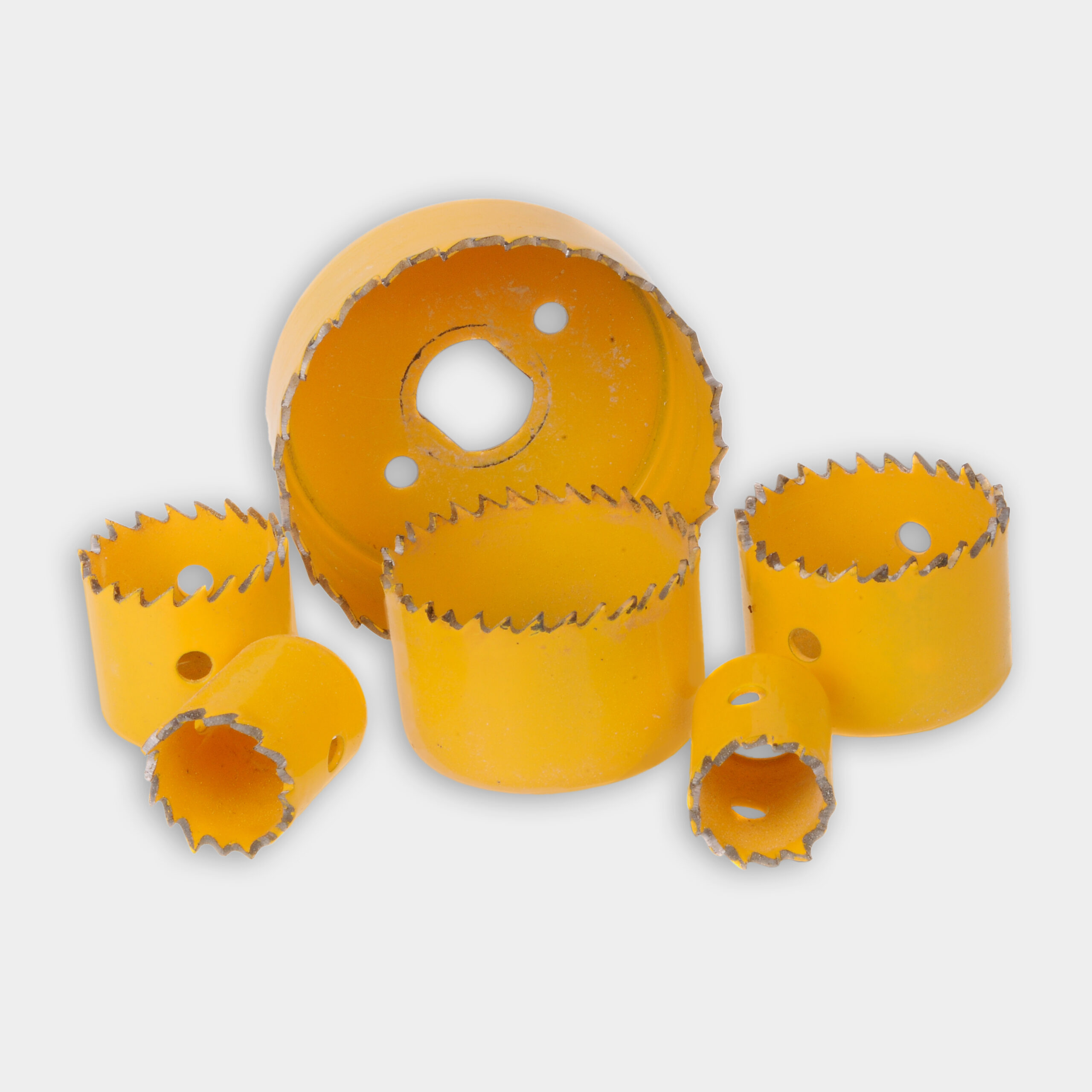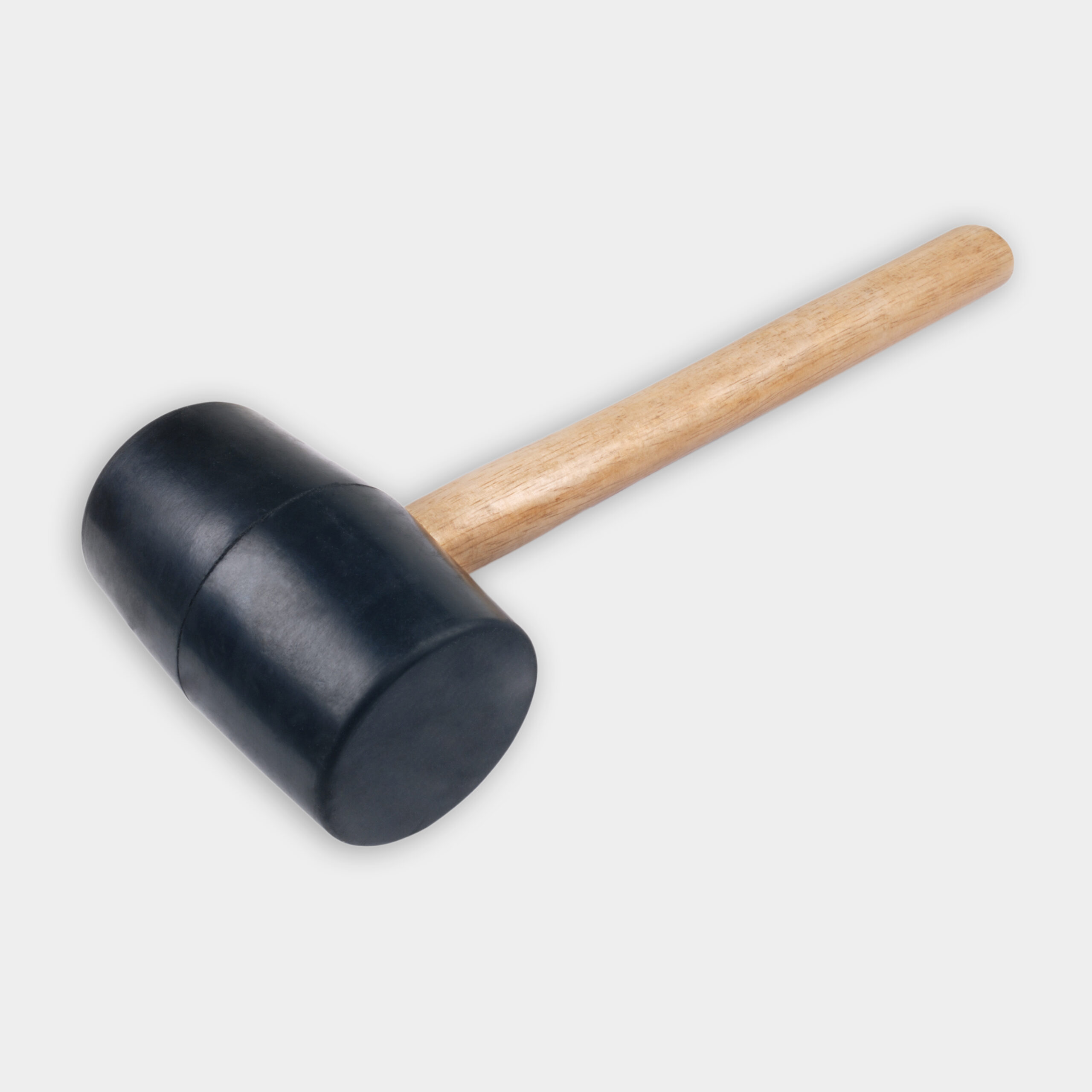How To Install a Rain Barrel
Rain barrels are eco-friendly and cost-effective ways to conserve water and manage stormwater runoff. By collecting rainwater from your roof, you can reduce your water bill and help to protect local watersheds. Read our guide below to learn about the benefits of a rain barrel, how to choose the right model, and the best maintenance methods.
Understanding Rain Barrels and Their Benefits
Rain barrels are a gutter drainage solution that captures and stores rainwater from your roof’s downspouts. Below are some of the benefits of having a rain barrel in your yard:
- Cost savings: Using stored rainwater for irrigation can lower your water bills.
- Stormwater management: Rain barrels help to prevent erosion and reduce the strain on local water treatment facilities.
- Water conservation: You can use rainwater that you collect for gardening and other outdoor purposes. This reduces reliance on municipal water supplies.
Rain barrels typically hold between 50 and 80 gallons of water, and make for consistent water sources for most residential properties. The time it takes to fill a rain barrel depends on rainfall intensity and roof size, but even a moderate rain shower can provide enough water for certain landscaping projects. A rain barrel can also help you to water your plants in the event of a drought.
Choosing the Right Rain Barrel
Consider the factors below when you’re selecting a rain barrel for your home:
- Features: Look for barrels that have overflow valves, screens to keep out debris, and fixtures for easy water access.
- Material: Options include plastic, wood, and metal. Each has pros and cons in terms of durability, aesthetics, and cost.
- Size: Choose a barrel that fits in your space and provides ample water. Large barrels store more water than smaller options but may require additional structural support.
- Style: Select a design that complements your home’s exterior.
Plastic barrels are lightweight and resistant to rust, but are not as aesthetically pleasing as other types. Wooden barrels blend well with natural surroundings, but require maintenance to prevent rot. Metal barrels are durable but may rust if you don’t properly coat them.
Preparing for Rain Barrel Installation
Choose a location for your barrel that’s near a downspout, and make sure the ground is level. Confirm that the spot you’ve selected can support the weight of a full rain barrel (water weighs about 8 pounds per gallon). Prepare for overflow, and make plans to direct excess water away from your home’s foundation. Finally, remember that some areas may have restrictions on rainwater harvesting, so check your local regulations.
Installing the Rain Barrel
Follow the steps below to install your rain barrel:
- Prepare the downspout: Measure and cut the existing downspout to accommodate the rain barrel. Install a diverter or elbow to direct water into the barrel.
- Create a stable base: Clear the area of grass and topsoil, and add a layer of sand or gravel for drainage. Place concrete pavers or blocks down to create a level surface.
- Position the rain barrel: Place the barrel on the base you’ve prepared. Make sure it’s level and stable.
- Connect to the downspout: Attach the diverter or elbow to the downspout. Connect the barrel to the diverter using the provided hose or fitting.
- Install overflow protection: Attach an overflow hose or pipe to direct excess water away from your home’s foundation.
- Add finishing touches: Install a spigot if there isn’t one already, and place a screen over the top to keep out debris and mosquitoes.
Maintaining Your Rain Barrel
The tips below can help you to properly maintain your rain barrel:
- Check for leaks, and repair any damage you notice immediately.
- Clean the barrel and filters regularly to prevent clogging.
- Empty the barrel before winter in colder climates to prevent freezing and cracking.
- Periodically check the gutters and downspouts for debris. Installing a gutter guard can help reduce debris.
You can prevent mosquito breeding and maintain clean water in your garden all year by following these tips.
Landscaping Around Your Rain Barrel
Enhance your property’s aesthetic appeal by integrating your rain barrel into your existing landscape. Plant water-loving plants near the barrel to take advantage of overflow, and place decorative stones or mulch down around the base. You can paint plastic barrels to match your home’s exterior.
Maximizing the Use of Collected Rainwater
You can use rainwater that you collect in the following ways:
- Filling birdbaths and outdoor water features
- Washing outdoor furniture and vehicles
- Watering gardens and lawns during dry spells
- Watering indoor plants, as long as you properly filter the water
Legal Considerations and Regulations for Rain Barrels
Rain barrels are legal in most areas, but you must be aware of local regulations, as some regions have restrictions on rainwater harvesting. Check with your local water authority or municipality for specific guidelines. There may be requirements for mosquito-prevention measures in areas that are prone to mosquito-borne illnesses.
Environmental Impact of Rain Barrels
Installing a rain barrel benefits the environment. It reduces demand on municipal water supplies, decreases stormwater runoff, and helps to maintain natural water cycles in urban areas. Reducing stormwater runoff also helps to prevent urban flooding, which protects the environment and your property.
Advanced Rain Barrel Systems
Consider investing in advanced rain barrel systems to enhance your water conservation efforts. The systems below usually include more sophisticated features and integration options than standard barrels.
Multiple-Barrel Systems
You can double or triple your water storage capacity by installing multiple rain barrels. Try connecting them in a series for seamless overflow management.
Automated Irrigation Integration
Automated irrigation systems can water your garden even when you’re not home. These systems often include sensors and timers that optimize water usage.
Filtration and Pump Systems
Integrated filtration and pump systems allow you to route clean water into your home for uses such as toilet flushing and laundry. These systems require more investment upfront, but can lead to reduced water bills.
Learn More: Gutter Drainage Solutions
Materials for Rain Barrels
- Silicone
- Gutter downspout fitting
- Gutter brackets
- Downspout elbows
- Extension pipe
- Rain barrel kit with diverter
- Topsoil
- Sand
- Stone dust
- Blocks
- Ground cover
Tools
 Hacksaw
Hacksaw Tin snips
Tin snips Power drill
Power drill Hole saw kit
Hole saw kit Rivet gun
Rivet gun Shovel
Shovel Screed board
Screed board Mallet
Mallet Level
Level
Source: https://www.thisoldhouse.com/gutters/100266/rain-barrel-installation
 drainwaters.com
drainwaters.com









